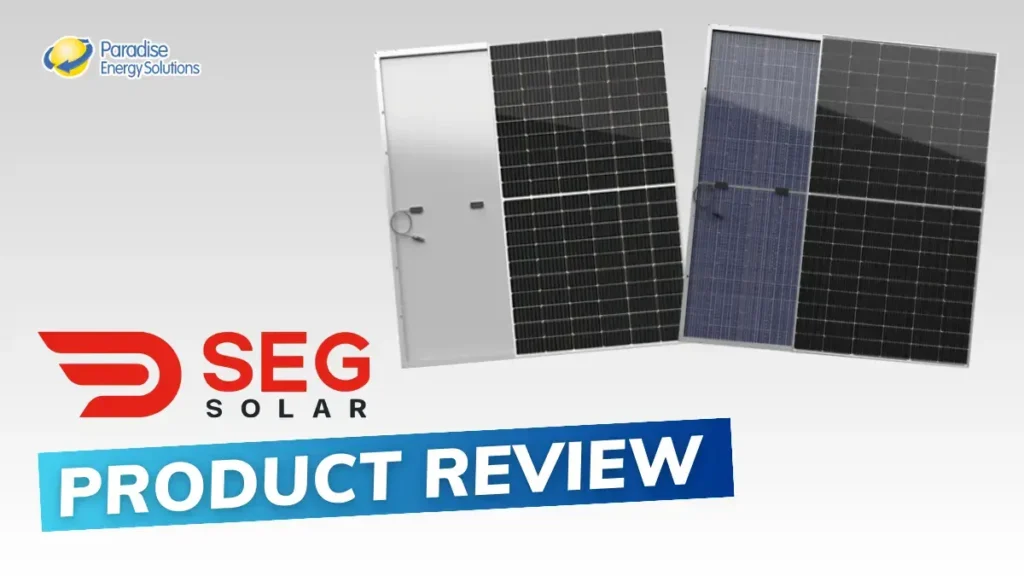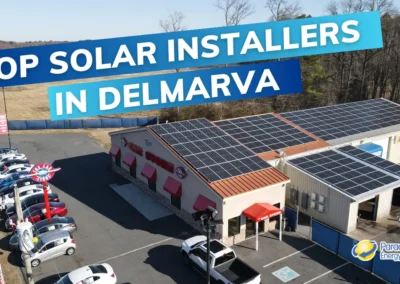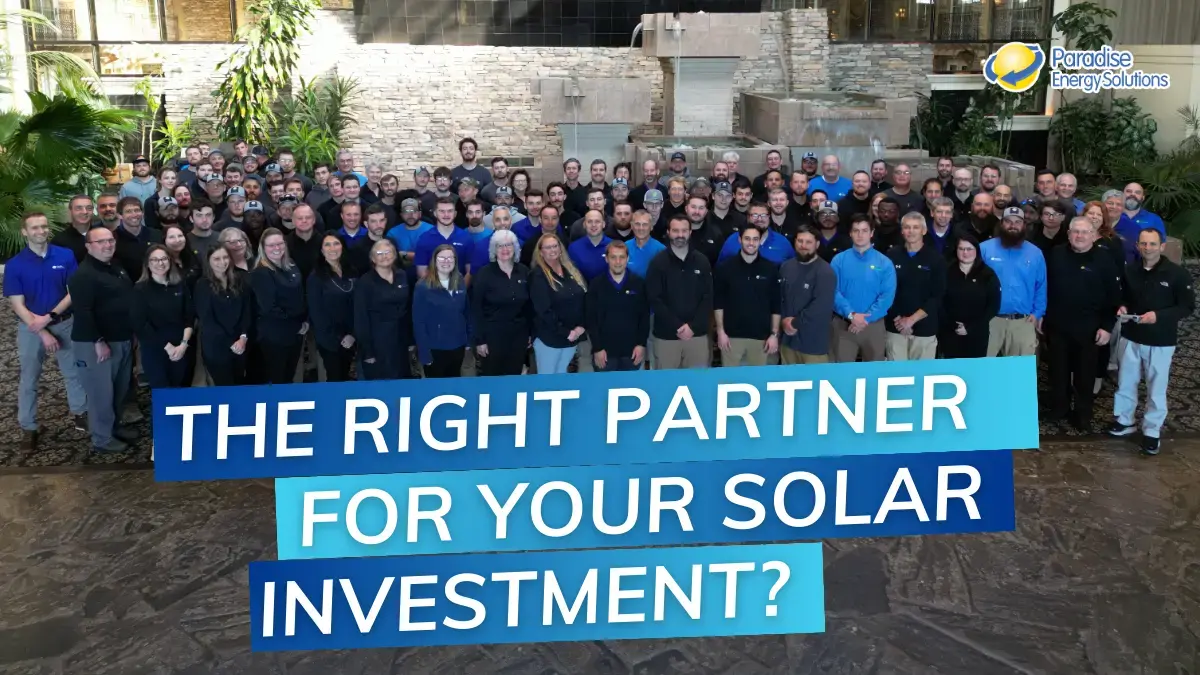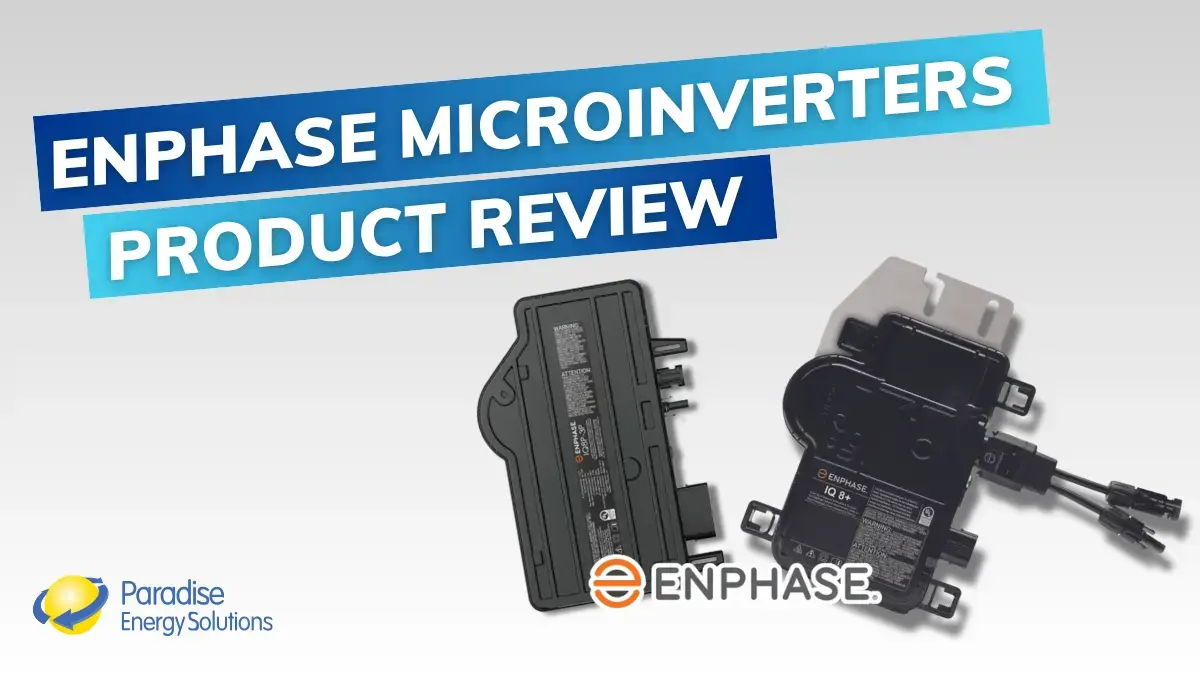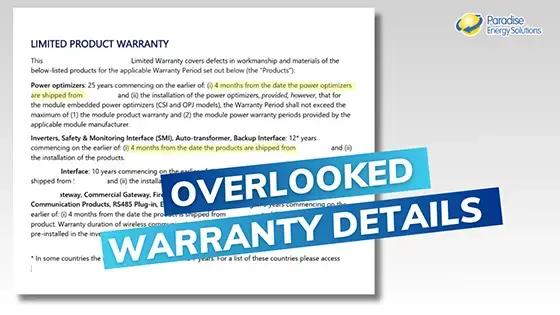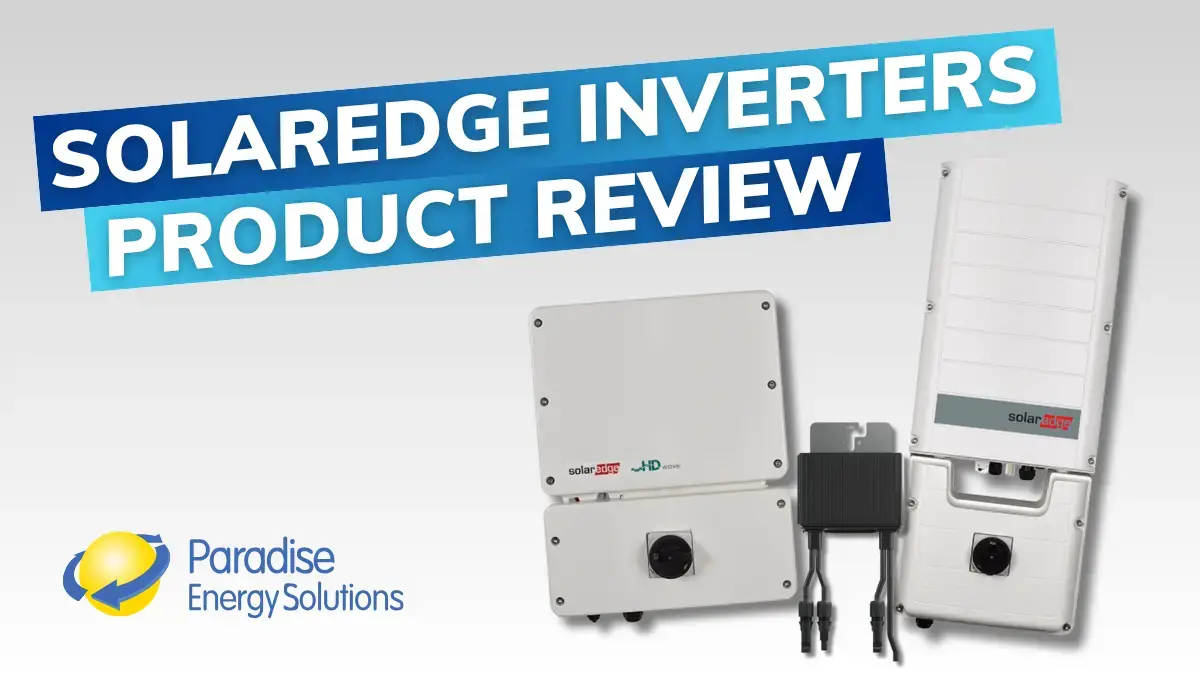SEG Solar was founded in 2016 and has since grown into one of America’s leading solar module manufacturers.
But how do their panels stack up against the competition? In this blog, we’ll review SEG Solar’s panels so you can discern whether this brand is right for your project.
Who Is SEG Solar?
Founded in 2016 and headquartered in Houston, Texas, SEG Solar is a U.S.-based manufacturer known worldwide for its high-quality solar modules. With a fully integrated supply chain, SEG serves utility, commercial, and residential markets across the globe.
The company boasts a module production capacity exceeding 6 gigawatts and operates strategically located manufacturing facilities in both the United States and Indonesia, ensuring reliable supply and global reach.
Where are SEG Solar Panels Made?
SEG Solar assembles its panels at its headquarters in Houston, TX. We had an opportunity to tour this facility, and we took our cameras along. Scroll up to see that video.
They also have additional facilities in Indonesia. This includes a 5GW cell factory and a 2GM module factory.
Are SEG Solar Panels High Quality?
SEG Solar’s panels have achieved various external indicators of success and quality.
In addition to gigawatts of installed panels operating across the world, SEG panels have achieved Tier 1 designation from Bloomberg New Energy Finance (BNEF). BNEF’s Tier 1 designation is a marker of how bankable a project is that utilizes a brand’s specific panels for large-scale utility solar installations. While this isn’t always an ideal marker for quality (especially for residential and commercial systems), it certainly doesn’t hurt.
Additionally, SEG panels have been recognized as Top Performers in PV Evolution Labs’ (PVEL) PV Module Reliability Scorecard for five of the past six years.
SEG Solar Warranties
All of SEG Solar’s current panels are protected with a 15-year product warranty. That means if there are certain issues relating to the panels’ manufacturing or components, you should be able to get them repaired or replaced at no cost.
Additionally, the panels are protected with a 25- or 30-year production warranty. This guarantees that your panels won’t degrade more quickly than the manufacturer’s specified rate each year.
Both the standard and black mono-facial panels are protected with a production warranty for 25 years at a rate of 84.8%. That means 25 years after installation, your panels will still produce 84.8% of their nameplate power output.
Their bifacial solar panels in both series are backed by a 30-year production warranty at 84.95%.
SEG Solar Panels’ Efficiency
Today’s average solar panel efficiency ranges from around 17% to 24%. All of the panels on SEG’s website currently have efficiencies between 21.48% and 23.14%. That puts their panels just above average in terms of efficiency.
SEG’s current offerings utilize half-cut mono PERC cells. This technology reduces the impact high temperatures and partial shade have on performance and also improves efficiency.
SEG Solar’s Product Offering
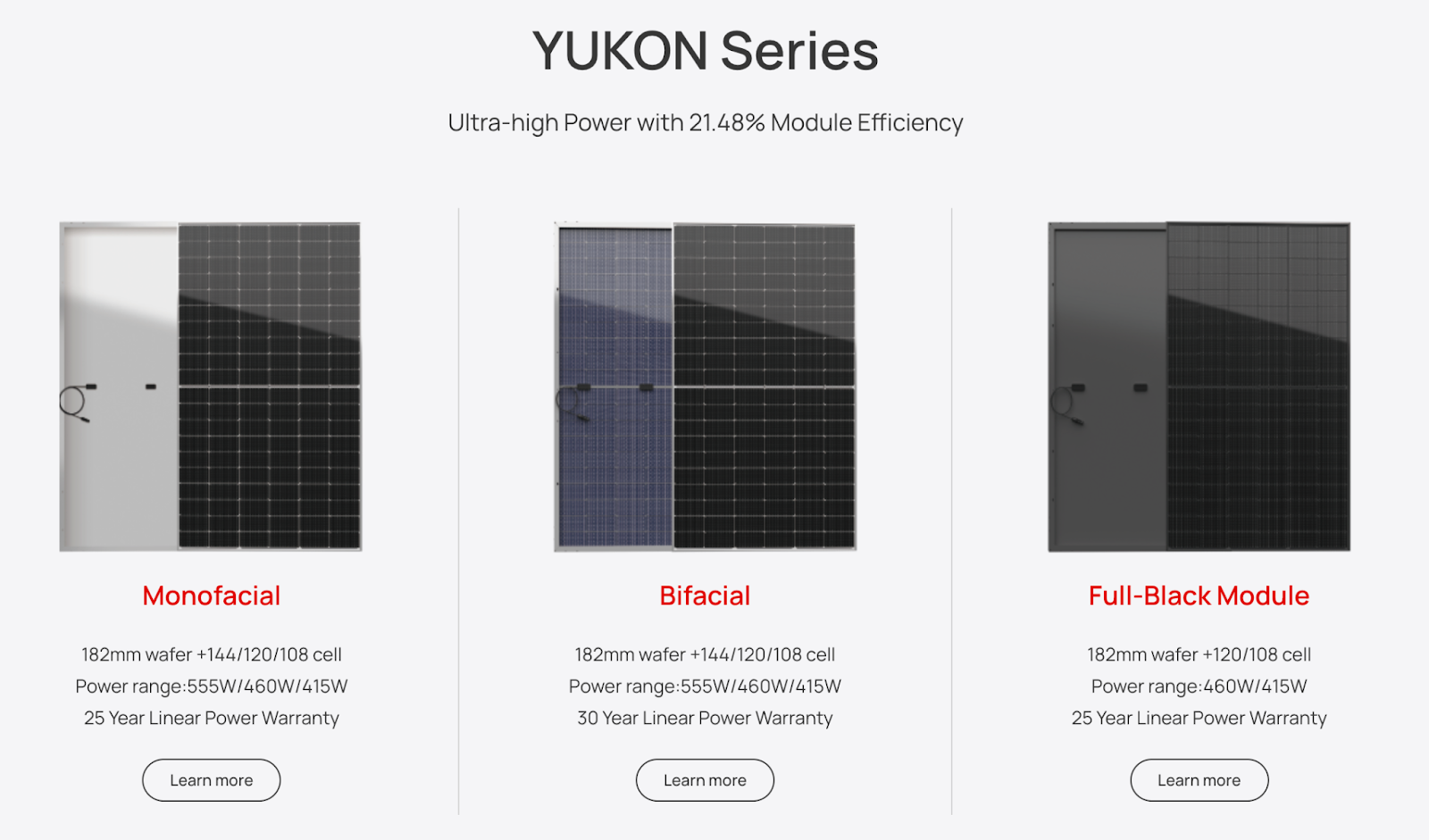 SEG’s website currently offers two product lines: the YUKON Series and the YUKUN TOPCon Series. Both lines give consumers the options of monofacial, bifacial, and all-black panels, as well as several different power ranges and sizes.
SEG’s website currently offers two product lines: the YUKON Series and the YUKUN TOPCon Series. Both lines give consumers the options of monofacial, bifacial, and all-black panels, as well as several different power ranges and sizes.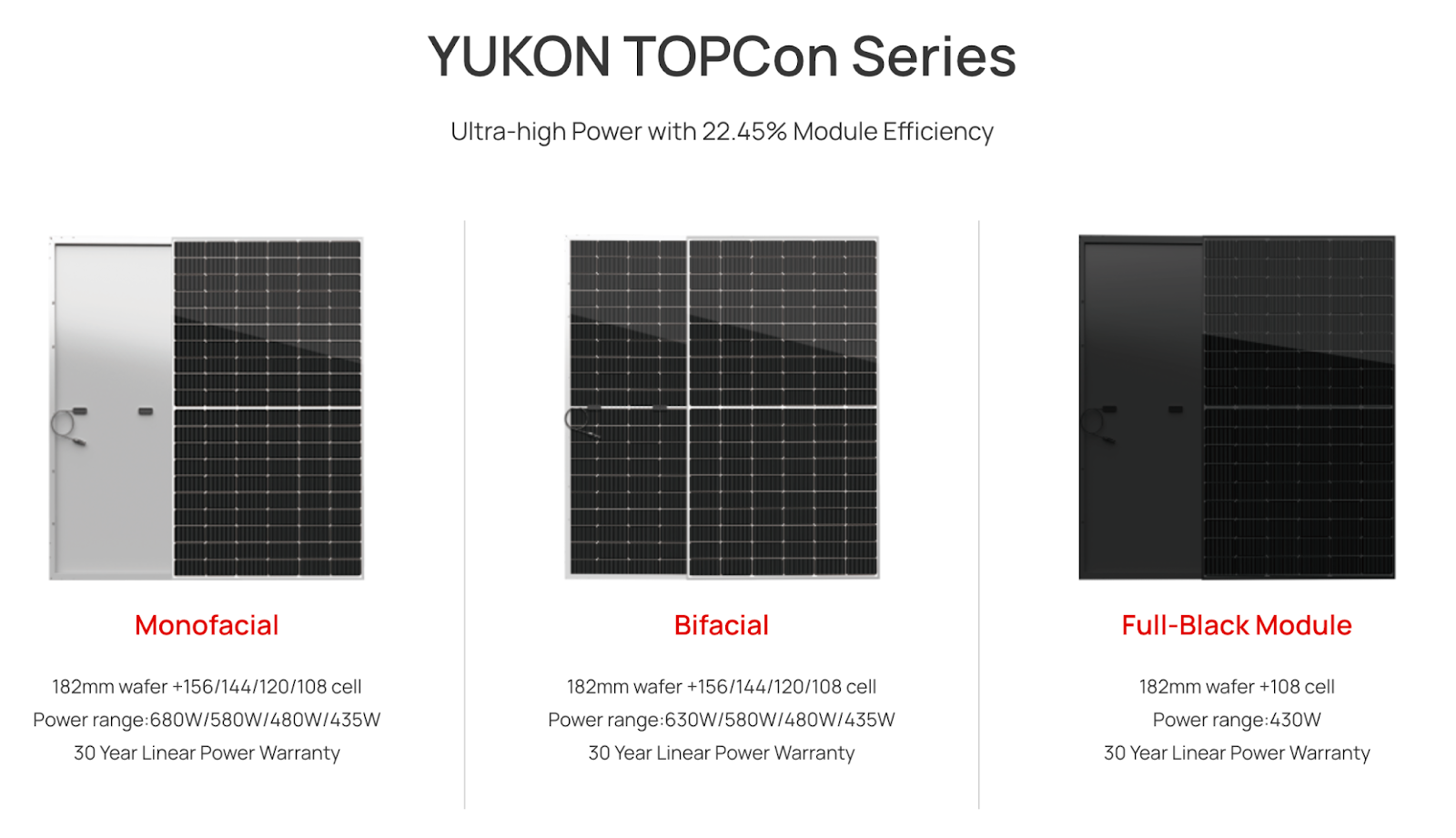
YUKON and YUKON TOPCon Series both have efficiencies that top 20% and utilize monocrystalline half-cut cell technology. However, YUKON TOPCon panels tend to pack a great punch in terms of power and efficiency. The following stats come from the data sheets available on SEG Solar’s website.
Cost of SEG Solar Panels
SEG Solar’s panels are priced competitively with the current market. That means you won’t be splurging for top-of-the-line technology, performance, and quality, but you will get a dependable and well-performing panel that’s protected by good warranties.
It’s worth noting that several other factors contribute to the overall cost of a solar installation. Everything from labor to inverters to connection requirements and permits will impact what you pay for an installation.
Should You Install SEG Solar Panels?
Overall, SEG Solar created panels with good efficiency and performance. They’re backed with significant warranties that will protect your investment for up to 30 years. Once their American-based production facility is producing panels at full steam, you may be able to qualify for the additional 10% domestic content tax credit.
Ready to learn more? Visit our blog or YouTube channel for other solar panel brand reviews and comparisons.
No matter which solar panel brand you choose, if you’re interested in pursuing a solar investment, use our solar savings calculator to estimate what a solar investment could look like for you.
